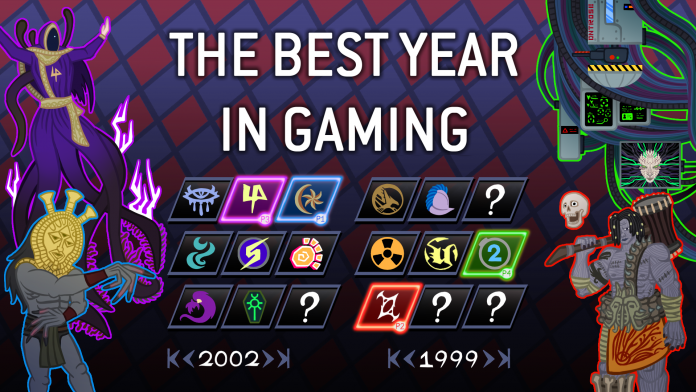Last year’s stacked lineup of games for the Game Awards had us thinking: What was the best year in gaming? As part of our series on determining gaming’s best year, we’re putting together an article on each year, charting the major releases and developments of the year, and talking about both their impact and what made them great.

The Year: 2000
January 1st, 2000 hit and pretty much everything was fine. Now, that was mostly because of a shitload of work which had been done to update computer systems to use four digits for dates, but it’s not as much fun to talk about that. What is fun to talk about is how, in the year 2000, video games really started to expand beyond the hardcore audience. While gaming’s real explosion to a casual audience wouldn’t happen until mobile games became popular more than a decade later, growing momentum for games like Dance Dance Revolution would pair with two of the year’s biggest releases to produce crossover franchises that would bring in entirely new audiences.
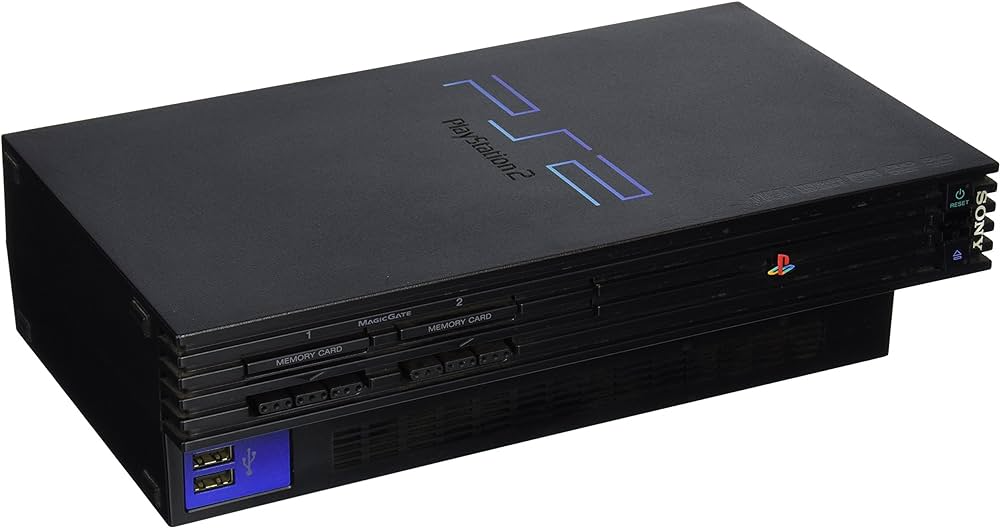
The PlayStation 2 Hits Shelves
Sony launched its PlayStation 2 console across major markets in 2000, starting with Japan in March and hitting North America in October and Europe/Australia in November. The original PlayStation had been a colossal success for Sony, and they were riding that wave into their second console. The PlayStation was more powerful than the Dreamcast graphically and had the added bonus of coming with a DVD drive capable of playing DVD movies. In the year 2000, this was a huge deal – DVDs were just catching on and were a much better way to watch movies than VHS, and at a $299 launch price, the PlayStation 2 was suddenly a very reasonable (if not quite cheap) DVD player.
That goodwill and built-in DVD functionality was incredibly important because the PlayStation 2 had one of the worst launch line-ups of any console in history. It’s a testament to how much good will Sony had built and how much ill will Sega had built that even with what might have been the best list of US launch titles in gaming history, people still decided to wait on the PS2 instead of buying a Dreamcast. The best entry in the bunch is probably FromSoftware’s Armored Core 2, which wasn’t amazing but decent enough to be worth mentioning. Other solid entries were Tekken Tag Tournament, Ridge Racer V, and Dynasty Warriors 2. Ready 2 Rumble Boxing: Round 2, Unreal Tournament, and DOA2 were also available, though those were ports available on other platforms at the time. A surprising number of those launch titles came from FromSoftware, who were definitely overextended and asked to make too much – games like Evergrace and Eternal Ring aren’t even memorably bad. PS2 owners would have to wait another year for the console to really heat up but they were largely happy to wait.
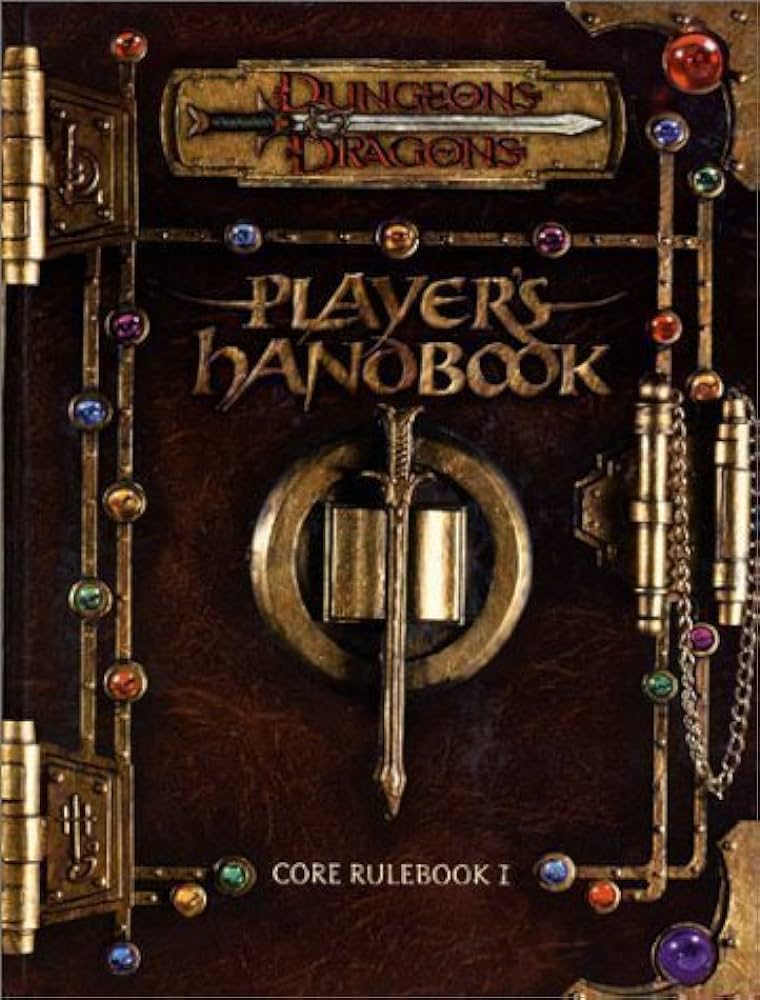
Dungeons & Dragons Third Edition
After Wizards of the Coast bought TSR in 1997, they started work immediately on a new edition of Dungeons & Dragons, with an eye toward removing the “Advanced” and streamlining the release. They also wanted to build a game framework which could be used for more than just D&D. In 2000 they did both, releasing Dungeons & Dragons third edition, built on the d20 System. This moved most of the game’s rolls to a d20, plus or minus whatever modifiers you were working with. The game also introduced the Sorcerer class, giving players a caster option who didn’t rely on Vancian magic, as well as the concepts of feats and prestige classes – special classes you’d take after taking levels in other classes which had unique abilities but didn’t merit a full 20-level progression. Characters in third edition felt more heroic and were as customizable as ever.
The Open Game License
Along with third edition, Wizards of the Coast also released its Open Game License, a public copyright license intended to allow publishers to use sections of the Dungeons & Dragons rules in their own materials. The idea is that this would encourage publishers to develop more supplements and materials for D&D and the other d20 games Wizards was making, further increasing the popularity of the system. They’d transition away from this in later editions but the effect of the initial OGL was substantial, leading to a massive number of supplements and add-ons for WotC games as d20 products just sold better.
Privateer Press
In December 2000 artists Matt Wilson and Brian Snoddy partnered with writer Matt Staroscik to found Privateer Press. Originally intending to publish d20 supplements, they’d bring on legendary miniature painter Mike McVey as Miniatures Director and would go on to publish Warmachine, which for years was the closest thing Warhammer 40,000 had to competition.
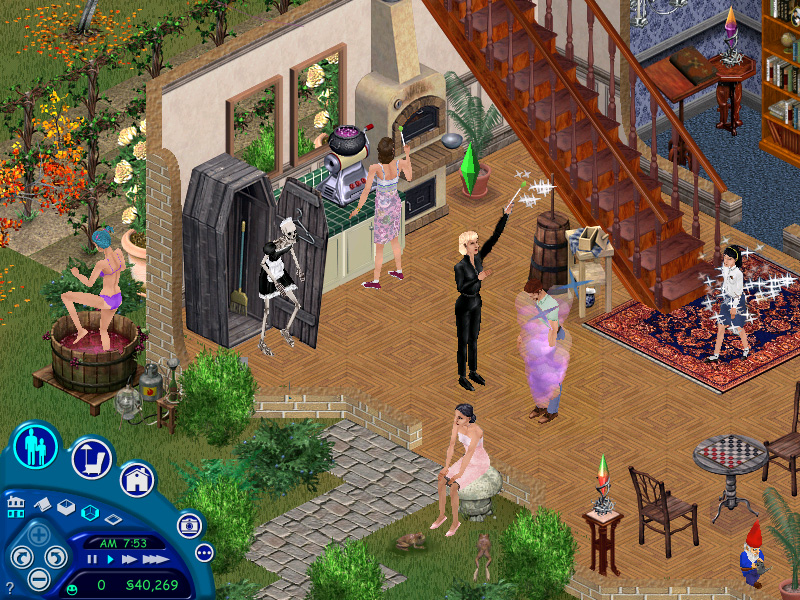
The Sims
Released in February 2000, Will Wright’s The Sims took the SimCity concept down to its smallest level, putting players in control of the lives of individual people, managing their wants and needs, building their homes, and helping them navigate interactions with other digital people. It’s a simple concept, but extraordinarily well executed, with some ingenious AI governing how Sims operate and make decisions. The Sims attracted a wide audience of players, bringing in casual and female gamers who weren’t really into shooters and RPGs and became one of the best-selling PC games of all time.
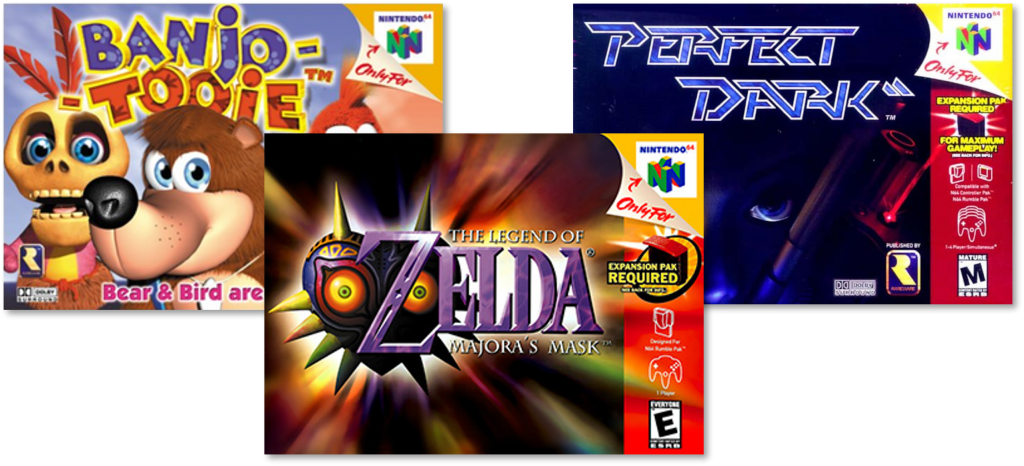
The Last Big Year for the Nintendo 64
Although Nintendo wouldn’t release its next console for another year, by the end of 2000 the writing was on the wall for the Nintendo 64. Although the console itself wasn’t a commercial failure, it wasn’t a success, either – sticking to cartridges had meant far fewer games and higher prices than its competitors, and the N64 would end up selling pretty poorly in Japan, being outsold by the Sega Saturn, primarily as a result of not having any big JRPG releases. In 2000 the Nintendo 64 had a number of big releases, though two of these – Majora’s Mask and Perfect Dark – required the Nintendo 64’s Expansion Pak, the former to be played at all and the latter to access the game’s campaign mode and most of its multiplayer features. Banjo Tooie looked great without the Expansion Pak but had some heavy framerate issues.
- The Legend of Zelda: Majora’s Mask – This sequel to Ocarina of Time is the darkest Zelda game, featuring a completely different structure from other games in the series and focusing on trying to save the land from impending disaster. It’s a trendy dark horse pick for “the best Zelda game” by reviewers who want to go with a deeper cut.
- Perfect Dark – Unfettered from the James Bond license, Rare’s follow-up to GoldenEye was a futuristic fps about special agent Joanna Dark. The game’s multiplayer was basically an upgraded version of GoldenEye’s and featured a bigger, more story-driven campaign.
- Banjo Tooie – Rare was on a roll with the Nintendo 64 and their sequel to 1998’s Banjo Kazooie brought back the bird and bear for another outing. The game was bigger than its predecessor – at times, too big, but delivered a solid experience on par with the original.
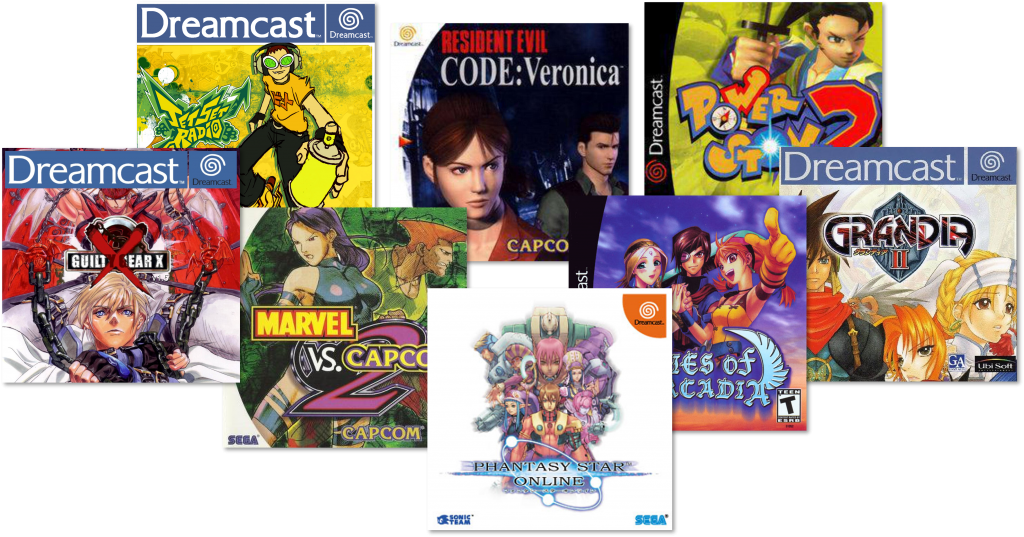
The Dreamcast Has a Stellar Year
While Sony was dropping a pretty terrible slate of launch titles for the PS2 and the Nintendo 64 was struggling to release titles (and its largest releases required add-ons), Sega was having its best year yet with the Dreamcast, delivering some of the most innovative titles of the sixth generation.
- Jet Set Radio (Jet Grind Radio in the US) was the game that popularized cel-shaded graphics. The game’s accessible rollerblading action and innovative graffiti-based gameplay combined with an insanely good soundtrack to deliver a truly unique experience.
- Resident Evil: Code Veronica was originally intended to be the third game in the series but pressure from Sony led to it being listed as a side title. It’s the first game in the series to use fully 3D environments instead of pre-rendered backgrounds, and it uses those to great effect. It’s a chilling and solid but flawed game and in many ways does feel more like a true sequel than the official Resident Evil 3. It certainly felt like more of a leap forward than 3 did.
- Power Stone 2 was Capcom’s answer to Smash Bros. in a lot of ways, turning the tighter 3D fighting game action of the first game into a much more party-game atmosphere with four-player support and more varied stages in the sequel. Power Stone 2 was a revelation at the time and it’s surprising we never got a sequel to it.
- Marvel vs. Capcom 2 hit arcades and the Dreamcast in the same year, amping up the action of its predecessor up to 15. The game had a massive roster of 56 characters from across the Marvel and Capcom universes. It was the last big 2D vs. game and it was a fighting game tournament staple for years afterward.
- Skies of Arcadia was one of two big RPGs to hit the Dreamcast in 2000, and of them was the more successful. It’s a fantasy RPG with a focus on airships and exploration, mixing up gameplay between traditional JRPG party fights and larger scale airship combat. The game is an absolute classic and one of the Dreamcast’s best games.
- Grandia II was a bit less loved than Skies, but I’ll go to bat for it any day, with its lovable characters, wonderful voice acting, and active, semi-3D combat. The game was an absolute joy and standout game on the RPG it never got the recognition it deserved, in part because by the time it was ported to other consoles there were many more Gen 6 RPGs on the market.
- Guilty Gear X wouldn’t really hit its stride until its release on the PlayStation a year later, but in 2000 the Dreamcast was the first place to play one of the most innovative fighting games to release in years. Highly technical with a ton of character variety, Guilty Gear X combined massive 2D sprites and a hair metal soundtrack to create a new tournament staple for years to come.
- Phantasy Star Online was the first Japanese online RPG and the first for a console. The game combined the Phantasy Star setting with lush, 3D environments and with Diablo-style gameplay to create a truly innovative console experience.
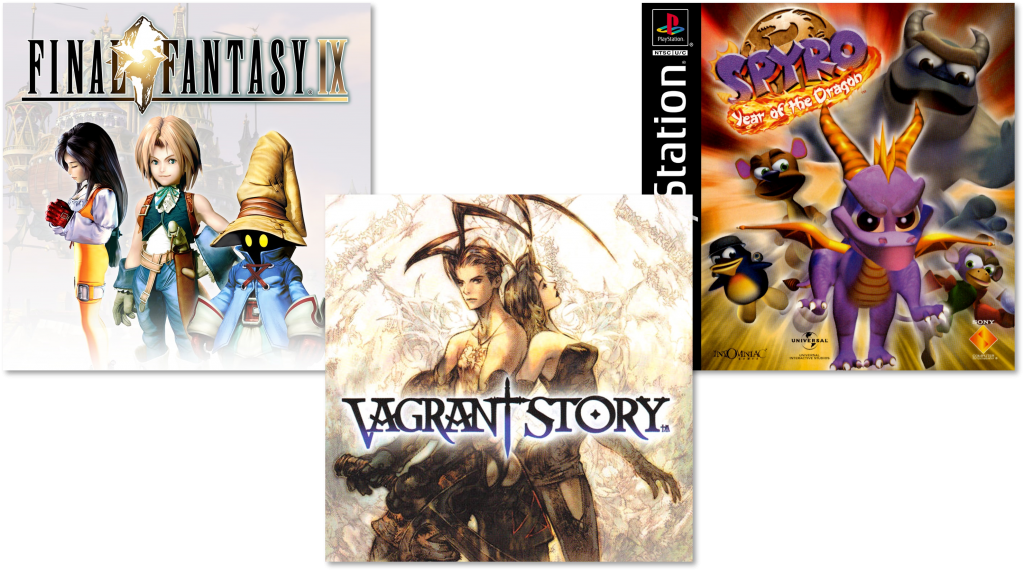
The PlayStation Still Had Plenty to Offer
For those players who decided to hold off on buying a PS2, there was still plenty to look forward to on the standard PlayStation, with games that absolutely pushed the hardware to its limits.
- Final Fantasy IX wasn’t quite as successful as VII or VIII but returned fans to a more medieval/high-fantasy setting, with a more crystal-focused narrative reminiscent of classic entries in the franchise. It’s still a favorite of the series for some players.
- Vagrant Story was a tour-de-force in storytelling, pulling off some unbelievable tricks with the PlayStation’s graphics to give us a tactical action RPG like nothing that had ever come before. It’s a cult classic and it’s a travesty we never saw a remake or sequel to this game.
- Spyro: Year of the Dragon was the last title in the series developed by Insomniac Games and they hit it out of the park with their swan song. The game polished and improved on everything in the prior two entries and was a best seller on the PSX that year.
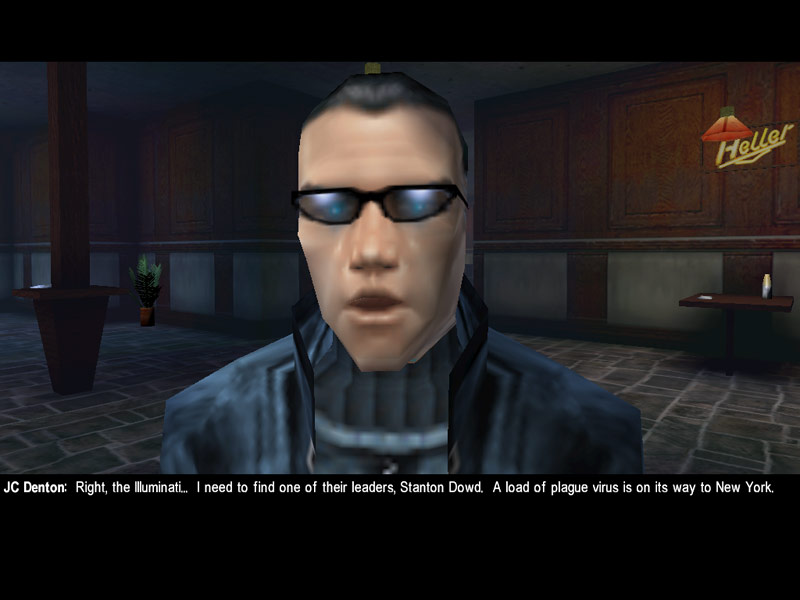
Deus Ex
Deus Ex wasn’t the first immersive sim – Thief and System Shock 2 had revived the genre a year prior and many consider Ultima Underworld: the Stygian Abyss to be the originator – but it absolutely blew everything else in the genre away and perfected it. Deus Ex is widely regarded as one of the finest games ever made, deftly combining open-ended gameplay with a twisting, gripping story and an immersive cyberpunk world. There was a point playing it when I was certain I was at the end of the game, only to discover I’d only made it halfway through – and I was excited to keep going and see the rest.
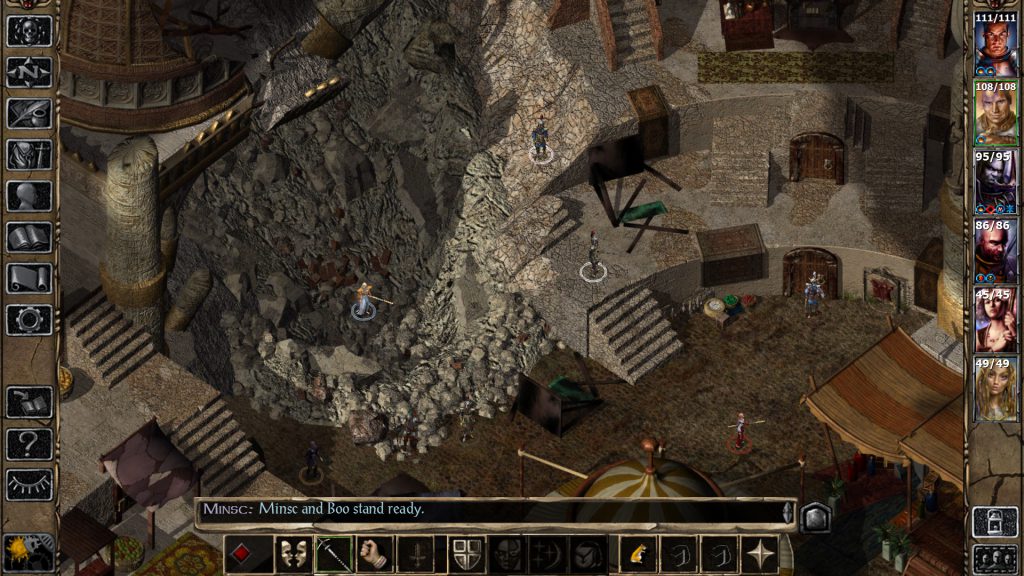
Baldur’s Gate 2
While third edition changed D&D in 2000, there was one more important release still built on the older second edition rules. Baldur’s Gate 2 improved on the original in every way possible, from graphics to story to artwork to voice acting to balance. It’s another all-timer in a series of all-timers and considered one of the best RPGs ever made.
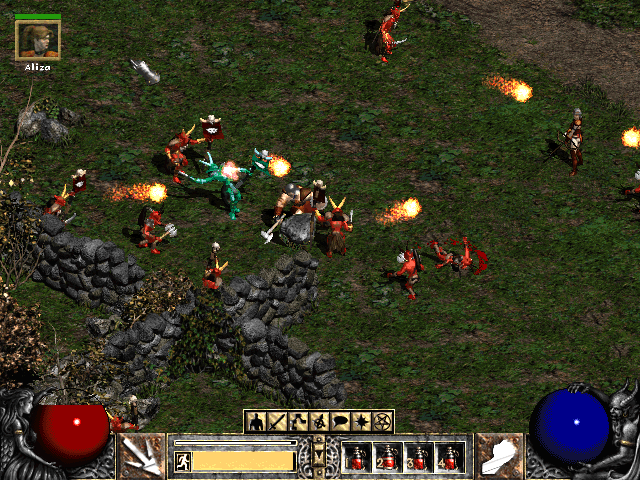
Diablo II
Blizzard did likewise with its RPG sequel, releasing Diablo II in the summer of 2000. The game improved on everything the original did, with a bigger, more expansive world, more classes with deeper, more engaging skill trees, and (for the time) some of the finest cinematics ever created. The game oozes with atmosphere and basically set the bar for action RPGs for the next two decades.
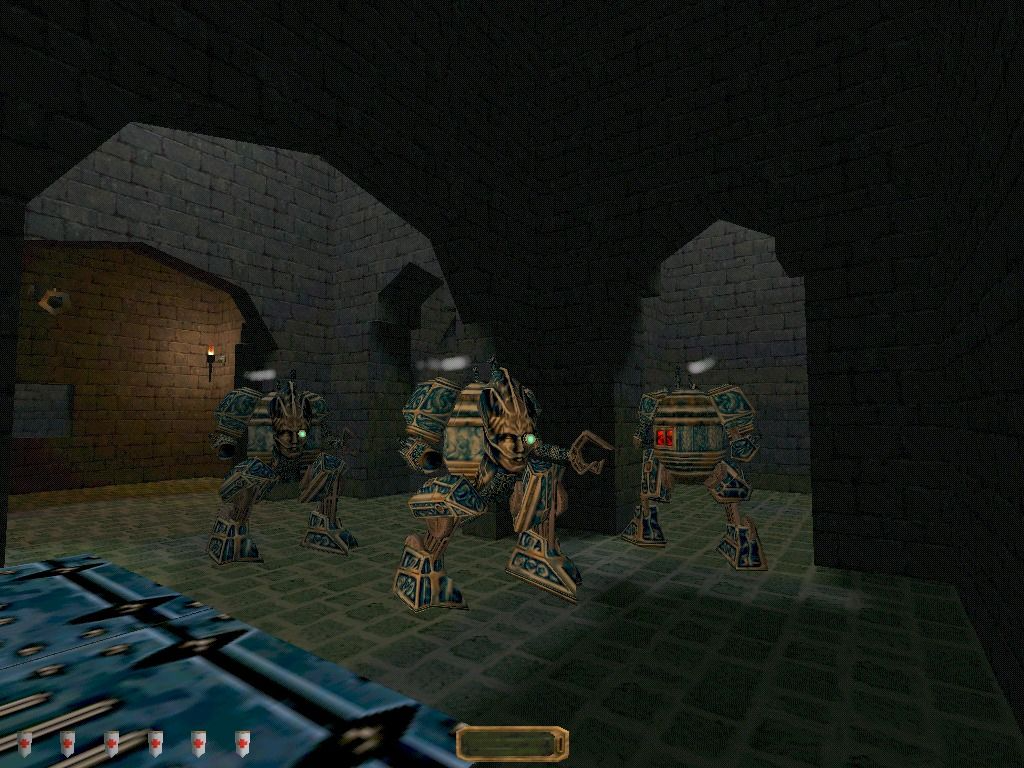
Thief II: The Metal Age
The second game in what was planned in a trilogy, Thief II: The Metal Age was a solid follow up to the studio’s first game, but ultimately sold slower than they studio had hoped for, leading to Looking Glass Studios closing its doors in 2000 and canceling the third game.
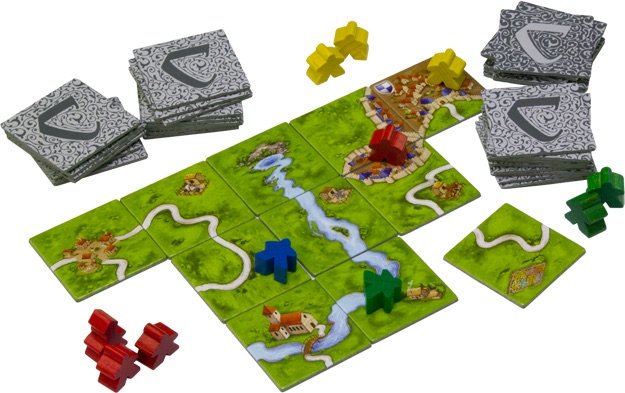
Carcassone
The champion of our “What was the best game to win the Spiel des Jahres?” competition four years ago, Carcassone has a strong claim on being the greatest board game ever made. It’s easy to learn, incredibly deep, and very accessible. It’s an amazing gateway game to more complicated board games and it’s an eternal classic. It’s the game I wish more Americans would use as their gateway drug to Eurogames than Settlers of Catan.
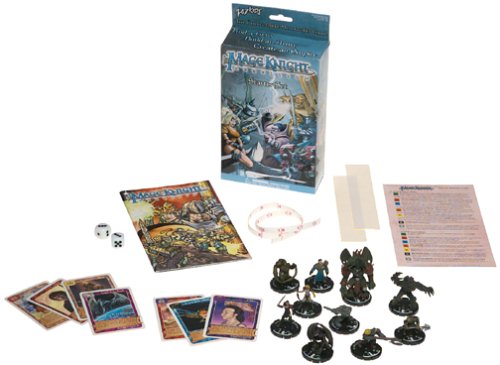
Mage Knight
The first collectible miniatures game, WizKids’ Mage Knight was introduced in 2000, introducing the prototype to what would later become the HeroClix system. Mage Knight minis came pre-assembled and painted, and had rotating bases with different degrading stats that would change as the minis took damage. The game was well received on launch and was later reintroduced as a board game.
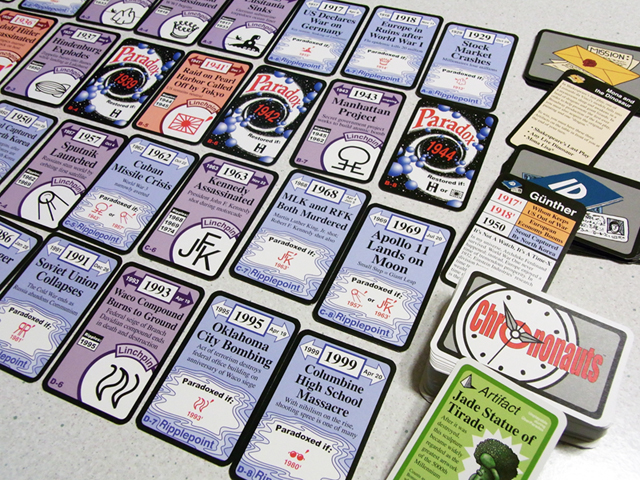
Chrononauts
Looney Labs’ Chrononauts is a card game (though actually a stealth board game) with one of my favorite premises in gaming: As players you’re all time travelers trying to adjust the events of the last 150 years to create the timeline you were born in so you can go home. Players take turns flipping key events and patching the timeline with new events that they need to take place. It’s a fun game that leads to fun speculation.
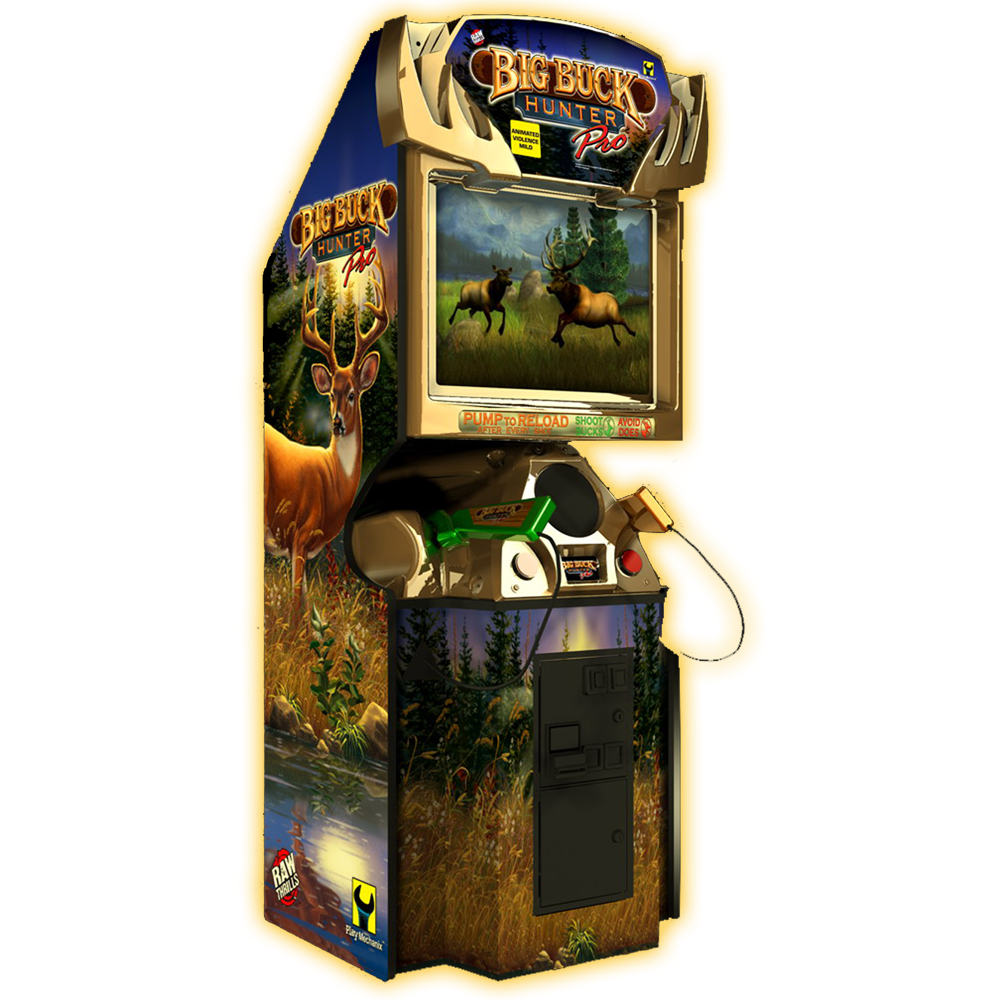
Big Buck Hunter
File this one under “games I wasn’t expecting to write about but when I thought about it I realized I had to.” Big Buck Hunter is oddly one of the most popular arcade games of the last two decades, showing up in bars across the country. It’s a simple arcade light gun shooter which has quietly become one of the most popular games in the country and its widespread appeal has made it one of the most profitable arcade games in the country over the last decade.
Why It Was the Best Year in Gaming
2000 is an interesting year because it’s a transition year for Sony and Nintendo, with the former releasing its new console and the latter working on theirs, but the year the Dreamcast really hit its stride. It was also another incredible year for PC games, with four of the most important PC games of all time releasing. Meanwhile the original PlayStation still had a few gems left in it, and the tabletop space produced some incredibly important games – Dungeons & Dragons third edition was so popular that the change to fourth literally fractured the game, while Carcassone may be the best board game of all time. If you think 2000 has a stronger claim than 1999 or 1998, you aren’t alone – and that’s one of the reasons we’re doing this. It’s easily one of the best years in the history of gaming, and a dark horse pick to make the final four.
This article is part of a larger series on the best year in gaming. For more years, click this link. Have any questions or feedback? Drop us a note in the comments below or email us at contact@goonhammer.com.
